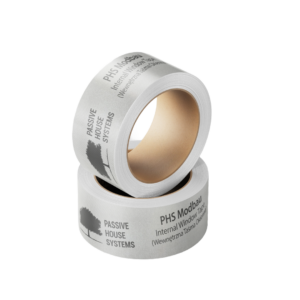

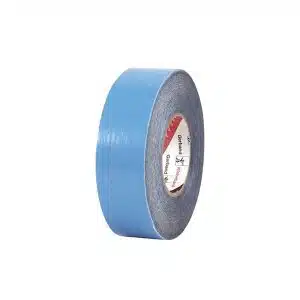
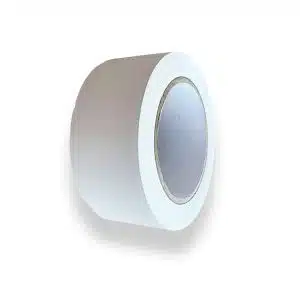
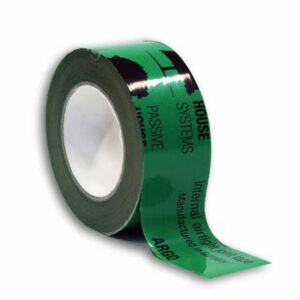
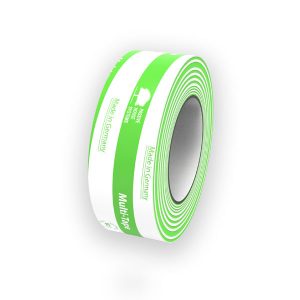
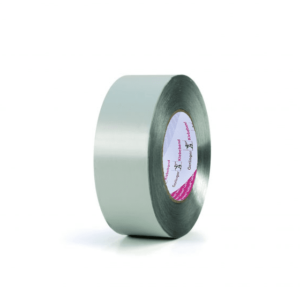
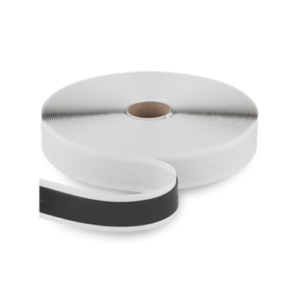
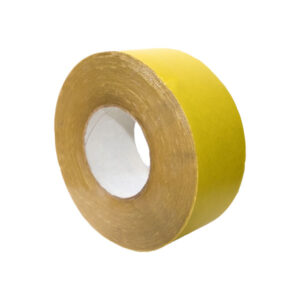
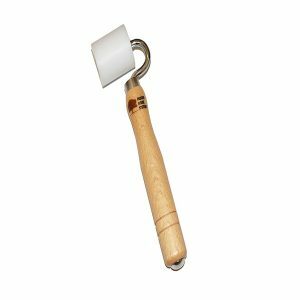
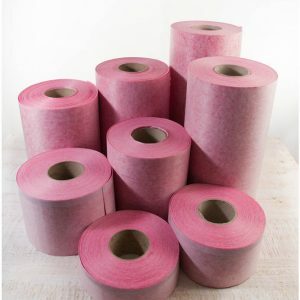
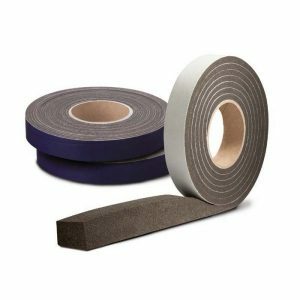
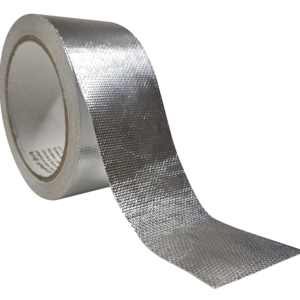
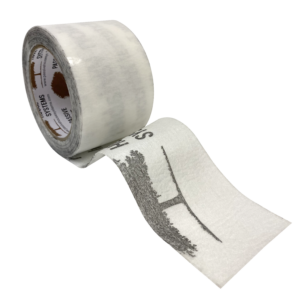
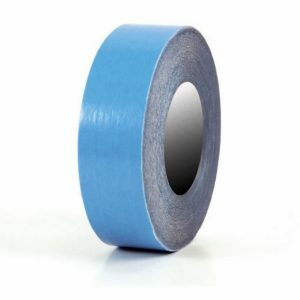
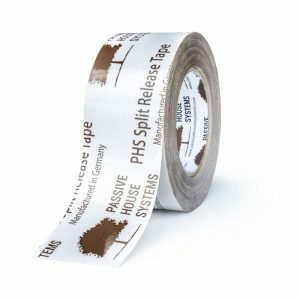
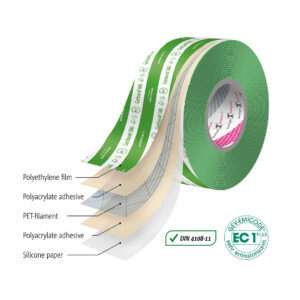
Airtightness tape has once been poorly misunderstood, but it is currently being increasingly seen as a crucial objective on any building project. It is among the essential products if you want to create an adhesive sealing for your building. Airtightness tape is of high performance to create a plasterable sealing between substrate and membrane. These adhesive tapes are built to serve throughout the building’s lifetime. They are perfect for permanent window sealing, including in humid climate conditions in areas such as the United Kingdom and Ireland.
For effective airtightness in your building, you need adhesive tape that is durable and effective. It is vital to choose a product that can form a stable bond with various subst rates while maintaining stability without becoming brittle or hardening. This is vital as time passes; differential movement may compromise the building seals, and thereby the airtightness tape is required to withstand changing environments.
Airtightness tape is built with acrylic glue, which ensures that they remain flexible, are waterproof, and withstand both the low and high temperatures when using the tape and throughout the lifetime of the building. The tapes offer solutions for each conceivable junction; it does not matter the type of the building. The airtightness tapes are made to be adhesive for as long as your building lasts.
Adhesive tapes are important for energy efficiency, thermal comfort, and securing the structure of a building from mould and dampness.
Airtightness tape removes every unintended split and tear, hole, crack, and a gap that may be able to move freely inside and out of the building’s conditioned space (whether it is a cooled or heated space).
These openings in the building can cause up to 50pc of the total heat losses coming from the building’s external envelope. This may have resulted from poor workmanship, poor build design, or the use of inappropriate or wrong materials while constructing the building.
However, you should remember that an airtight building is not hermetically sealing; instead, it implies that unintended air leakage will be reduced.
There is a common misunderstanding that airtightness refers to not allowing air into a house. In all buildings, ventilation is crucial as sufficient ventilation is used to remove pollutants but at a standard rate so as not to the people in the building uncomfortable and even making them sabotage the ventilation source. This is a common problem found in buildings that rely on natural ventilation or leakage for ventilation.
Airtightness tape experts argue that leakage does not offer ventilation, and having holes in your building walls, you will not have air ventilation on a calm, cold day, and on windy or coldest winter days, you will simply be breathing. Thus, they believe holes in the building are not an effective ventilation strategy.
As buildings continue to be constructed to be adhesive, it is important to use controlled ventilation. Building envelopes that have no air tightness membrane will have less reliable ventilation because it will be difficult to control air movement inside and out of your building. It is vital to note that buildings can use the airtightness strategy and be breathable at the same time.
Office
Passive House Systems
Unit 5B4
Link Road Business Park
Ballincollig.
Co. Cork, P31 W950
OFFICE HOURS
Monday-Friay: 8am – 5pm
Office Breaks:
1pm – 1.30pm